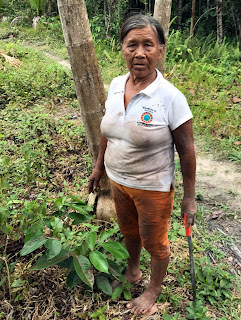I want to have a happy life, yet modern science confirms that happiness is short-lived, followed by a craving for its return. Dissatisfaction is inevitable.
Are we (Am I) condemned to a life of fear and emptiness?
Some people respond by looking for the "Meaning of Life." I believe there is no such thing. Others narrowly define happiness as the "Absence of Pain." I find no appeal in this approach. More to my liking is Buddha practical manual for overcoming Dukkha (Suffering, Impermanence). I started to follow his teachings, and one day I will continue. Meditation is probably the most robust approach to a better life, but the path is long. However, while looking, I may have stumbled on a shortcut. The shortcut does only a partial job, but I hope it does not conflict with Buddha's path. I realized that by changing the object of my search from Happiness to Contentment, I could reduce (not eliminate) suffering, and dissatisfaction.
To me, striving for contentment, means, building it into my life. I believe that a stable platform of contentment will fortify me against the inevitable suffering. Furthermore, in my experience, the building process itself, is a source of challenging fun. Although contentment will be achieved gradually, I recognized three distinct levels which form a hierarchy of contentment.
- Comfort
- Passion
- Creativity
Comfort is the lowest level I would aim for. Below that level, one is probably struggling with more urgent problems than achieving happiness. It is supported by three pillars:
- Healthy Body
- Active Mind
- Love and Friendship
Passion
Passion is the second tier in the contentment hierarchy. It adds content and meaning, but I do not expect it to provide the "Meaning of Life". It is a happy distraction from fear and craving. It too requires the building of foundations, of which, I counted two
- Talent
- Dedication
Creativity
At the highest level of the hierarchy stands creativity. Unfortunately, I do not have the personal experience, nor the required research, to describe the path to get there. I am sure though, that it requires Passion.
Note
This hierarchy is an initial, and probably temporary model. I am not even sure if at applies to others. I hope to draw on you (the reader) to critique, offer edits, and allow me to refine this approach.



















